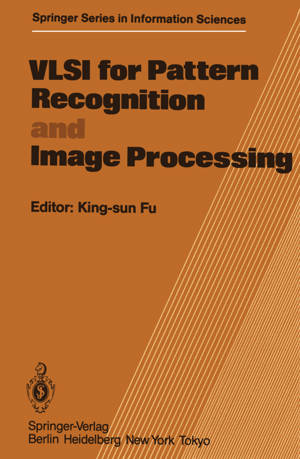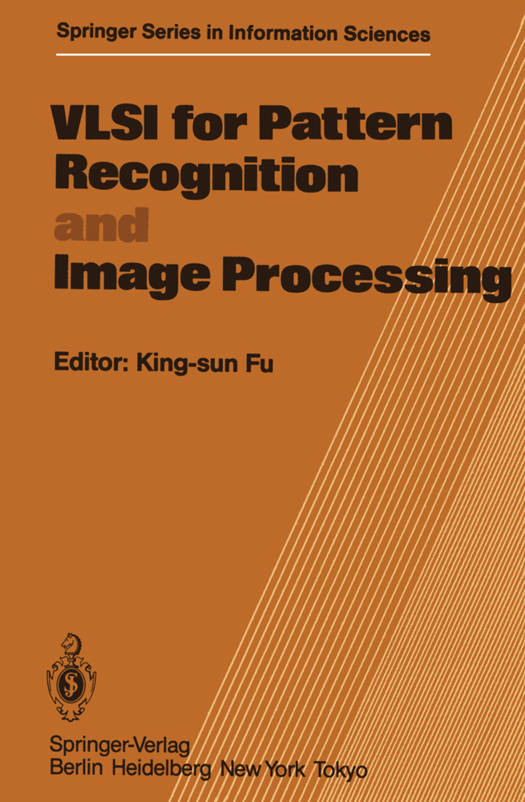
- Afhalen na 1 uur in een winkel met voorraad
- Gratis thuislevering in België vanaf € 30
- Ruim aanbod met 7 miljoen producten
- Afhalen na 1 uur in een winkel met voorraad
- Gratis thuislevering in België vanaf € 30
- Ruim aanbod met 7 miljoen producten
Zoeken
VLSI for Pattern Recognition and Image Processing
€ 125,95
+ 251 punten
Omschrijving
During the past two decades there has been a considerable growth in interest in problems of pattern recognition and image processing (PRIP). This inter- est has created an increasing need for methods and techniques for the design of PRIP systems. PRIP involves analysis, classification and interpretation of data. Practical applications of PRIP include character recognition, re- mote sensing, analysis of medical signals and images, fingerprint and face identification, target recognition and speech understanding. One difficulty in making PRIP systems practically feasible, and hence, more popularly used, is the requirement of computer time and storage. This situation is particularly serious when the patterns to be analyzed are quite complex. Thus it is of the utmost importance to investigate special comput- er architectures and their implementations for PRIP. Since the advent of VLSI technology, it is possible to put thousands of components on one chip. This reduces the cost of processors and increases the processing speed. VLSI algorithms and their implementations have been recently developed for PRIP. This book is intended to document the recent major progress in VLSI system design for PRIP applications.
Specificaties
Betrokkenen
- Uitgeverij:
Inhoud
- Aantal bladzijden:
- 236
- Taal:
- Engels
- Reeks:
- Reeksnummer:
- nr. 13
Eigenschappen
- Productcode (EAN):
- 9783642475276
- Verschijningsdatum:
- 19/04/2012
- Uitvoering:
- Paperback
- Formaat:
- Trade paperback (VS)
- Afmetingen:
- 156 mm x 234 mm
- Gewicht:
- 358 g

Alleen bij Standaard Boekhandel
+ 251 punten op je klantenkaart van Standaard Boekhandel
Beoordelingen
We publiceren alleen reviews die voldoen aan de voorwaarden voor reviews. Bekijk onze voorwaarden voor reviews.







